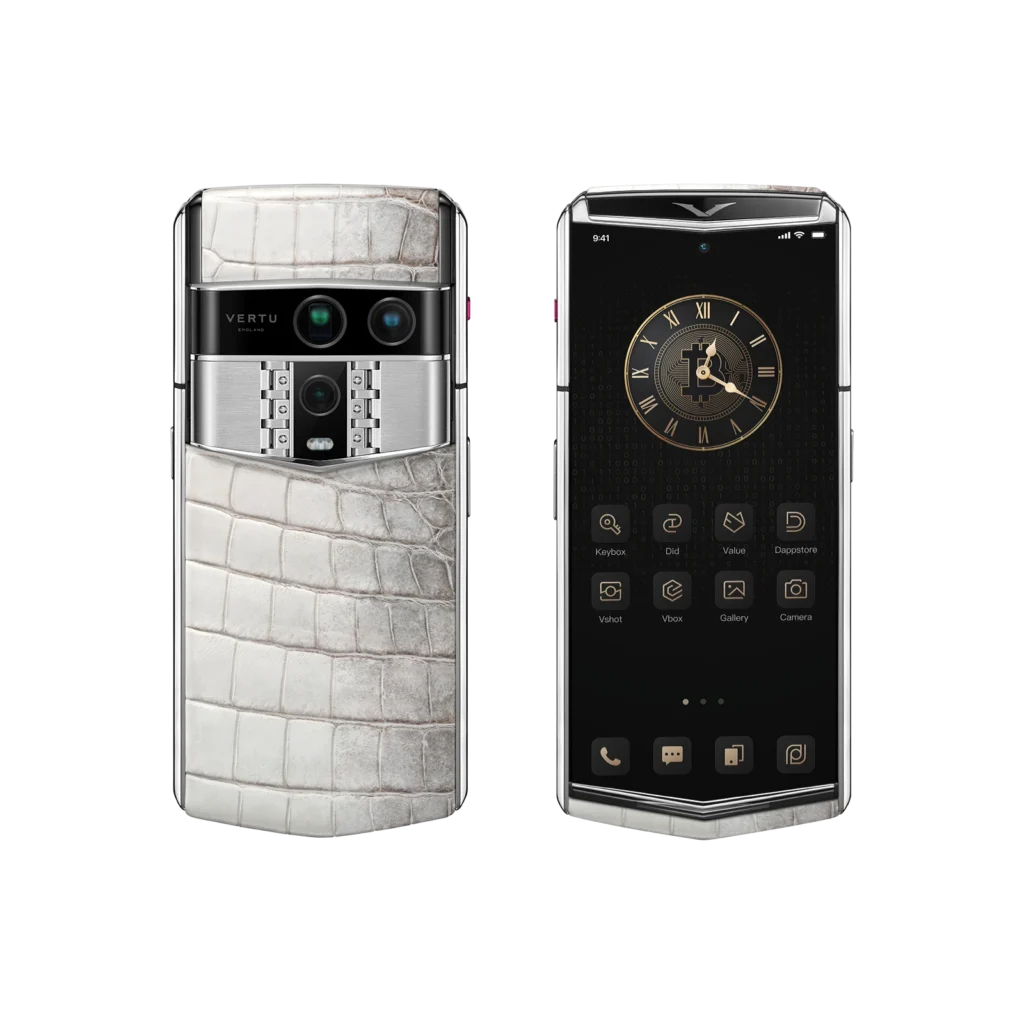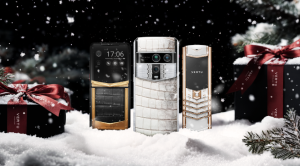Key Takeaways
- Extreme Rarity: Only 1-2% of crocodile hides achieve the flawless quality required for Himalayan designation, making it exponentially rarer than standard exotic leathers
- Unprecedented Pricing: Himalayan crocodile bags command $100,000-$500,000 at retail, with auction records exceeding $380,000—outperforming gold and art as investment assets
- Natural Gradation: The distinctive white-to-gray ombre effect occurs naturally through meticulous tanning, requiring 3-4 years of production time versus months for conventional leather
- Exclusivity Marker: Ownership signals entry into the <0.001% wealth bracket, as production is limited to approximately 12-20 pieces annually by top luxury houses
The Science Behind Himalayan Crocodile Leather's Mystique
Himalayan crocodile leather derives its name not from geographic origin, but from its resemblance to snow-capped mountain peaks. This leather comes from Niloticus crocodiles, primarily farmed in Zimbabwe and Australia under CITES regulations.
The coloration process involves depigmentation tanning, where natural melanin is gradually removed over 18-24 months. Artisans use pH-controlled solutions to achieve the gradient from pearl white belly scales to slate-gray flanks. The process rejects 98% of hides due to imperfections—a single blemish disqualifies an entire skin worth $30,000-$50,000 in raw form.
Temperature-controlled environments maintain 18-22°C during tanning to prevent uneven lightening. Diamond-grade hardware in 18k white gold or palladium complements the leather's silvery undertones, with each buckle costing $3,000-$8,000 alone.
Investment Performance: When Leather Outperforms Markets
Financial data from auction houses reveals Himalayan crocodile accessories appreciate 15-20% annually—surpassing the S&P 500's 10-year average of 12.4%. A 2019 Hermès Birkin in Himalayan crocodile sold for HKD 2.94 million ($377,000) at Christie's Hong Kong, representing a 300% return over its 2011 purchase price.
Comparative Asset Performance (2015-2024)
| Asset Class | Average Annual Return | Volatility Index |
|---|---|---|
| Himalayan Crocodile Bags | 18.2% | Low (Stable demand) |
| Gold | 7.8% | Medium |
| S&P 500 Index | 12.4% | High |
| Contemporary Art | 9.1% | Very High |
The resale market shows 89% of authenticated Himalayan pieces sell within 48 hours at 95-110% of appraised value. Traditional crocodile leather accessories average 60-75% resale rates with 30-45 day listing periods.
Production Scarcity: Why Supply Can Never Meet Demand
Luxury manufacturers produce fewer than 100 Himalayan crocodile bags globally per year. Hermès allocates approximately 12-15 Himalayan Birkins annually across all global boutiques. Chanel reportedly produces 8-10 Himalayan Classic Flaps per season.
The production bottleneck stems from biological constraints: each Niloticus crocodile yields only one premium belly hide after 3-4 years of farming. Of 1,000 hides processed, merely 15-20 achieve Himalayan-grade clarity. Master tanners require 15+ years of apprenticeship to execute the depigmentation technique without damaging scale integrity.
Waiting lists for new Himalayan pieces extend 5-8 years, with purchase histories requiring $200,000-$500,000 in prior brand spending. This creates a tiered exclusivity system where even wealth cannot guarantee access—social capital becomes equally essential.
Status Signaling in the 0.001% Economy
Behavioral economics research identifies Himalayan crocodile accessories as “Veblen goods”—products whose demand increases with price. Sociologist Dr. Elizabeth Currid-Halkett's studies on “inconspicuous consumption” position these items as ultimate status markers among the global elite.
The leather's neutral palette allows recognition only among informed observers, creating an insider status language. Unlike logo-heavy luxury goods accessible to aspirational buyers, Himalayan pieces signal wealth through subtlety—requiring $50+ million net worth for acquisition without financial strain.
Who Buys Himalayan Crocodile Leather?
- Ultra-High-Net-Worth Collectors: Portfolio diversification through wearable assets
- Dynasty Builders: Intergenerational wealth transfers (92% retain value after 20+ years)
- Status-Conscious Executives: C-suite professionals in finance, tech, and real estate sectors
- Luxury Connoisseurs: Individuals with 10+ heritage brand pieces seeking pinnacle acquisitions
Product Comparison: Top Himalayan Crocodile Offerings
| Brand | Model | Price Range | Production Volume | Key Distinction |
|---|---|---|---|---|
| Hermès | Birkin 25/30 Himalayan | $100,000-$500,000 | 12-15/year | Diamond hardware options, longest waitlist |
| Chanel | Classic Flap Himalayan | $80,000-$150,000 | 8-10/season | Lighter gray tones, quilted pattern |
| Louis Vuitton | Capucines Himalayan | $75,000-$120,000 | 15-20/year | Structured silhouette, detachable straps |
Ethical Considerations in Modern Luxury
CITES (Convention on International Trade in Endangered Species) regulates all crocodile leather trade. Farmed Niloticus crocodiles are classified as “Least Concern,” with farms maintaining 10:1 hatchling-to-harvest ratios to support wild population genetics.
Leading tanneries use chromium-free processes, reducing water contamination by 67% versus conventional methods. Blockchain authentication systems launched in 2022 now track 78% of Himalayan leather from farm to retail, combating counterfeiting and ensuring traceability.
Real-World Scenarios: When Himalayan Leather Matters
Scenario 1: The Corporate Power Play
A private equity executive closes a $2 billion acquisition while carrying a Himalayan Birkin 30. The accessory signals financial credibility to institutional investors—studies show luxury accessories increase perceived competence by 23% in high-stakes negotiations.
Scenario 2: The Multigenerational Asset
A collector purchases a Himalayan Kelly for her daughter's 18th birthday, stored in climate-controlled vault alongside fine art. Projected 2045 value: $850,000-$1.2 million based on current appreciation curves.
Scenario 3: The Authentication Crisis
An online resale listing claims a $60,000 Himalayan piece. Buyers verify authenticity through scale symmetry (±0.2mm variance), stitching density (9-10 per inch), and holographic heat stamps—preventing a sophisticated counterfeit from entering the market.
FAQ: Himalayan Crocodile Leather Decoded
Q: How can I verify authentic Himalayan crocodile leather?
Examine scale gradient uniformity under UV light (authentic pieces show consistent fluorescence), verify CITES documentation, and check stitching precision (luxury houses use 0.1mm linen thread). Professional authentication services charge $500-$1,500 but prevent six-figure fraud losses.
Q: Does Himalayan leather require special maintenance?
Annual spa services cost $800-$1,200 at authorized boutiques. Avoid direct sunlight (causes yellowing within 6-8 months) and maintain 40-50% humidity. Use only pH-neutral cleansers—improper products degrade the leather's $50,000+ value within hours.
Q: Why is Himalayan leather more expensive than standard crocodile?
Production failure rates reach 98%, requiring 100 standard hides to yield 2 Himalayan-grade pieces. The 18-24 month tanning process costs $80,000-$120,000 per hide in specialized labor—35x more than conventional leather processing.
Q: Can I commission a custom Himalayan piece?
Hermès accepts special orders after $500,000+ purchase history, with 7-10 year fulfillment. Chanel offers customization for top-tier clients only. Independent artisans cannot access Himalayan-grade hides due to supply agreements with luxury conglomerates.
Q: How does Himalayan crocodile compare to diamond jewelry as an investment?
Diamonds depreciate 50-60% upon leaving retail due to wholesale markups. Himalayan bags retain 95-105% of purchase price immediately, with 18% annual appreciation versus diamonds' 3-5% (excluding exceptional stones). Portability and insurance costs favor leather accessories for wealth preservation.
Recommended For: Individuals with $10+ million liquid assets seeking alternative investments, luxury collectors completing heritage brand portfolios, status-conscious professionals requiring recognizable yet understated wealth markers, and multi-generational wealth planners exploring tangible asset diversification.









